Durian, often hailed as the “king of fruits,” is renowned for its pungent aroma, creamy texture, and unique flavor profile. However, this tropical delight comes with a challenge: once peeled, its shelf life becomes a critical concern for enthusiasts and casual consumers alike. This article delves into the science of durian preservation, exploring how long peeled durian can safely remain in the refrigerator, the factors influencing its longevity, and actionable tips to extend its freshness.
Understanding Durian’s Perishability
Durian’s thick, spiky exterior protects a soft, custard-like flesh that is highly perishable. Enzymatic reactions, microbial activity, and oxidation are the primary culprits behind its rapid deterioration. When exposed to air, the flesh undergoes enzymatic browning, similar to apples or avocados, leading to discoloration and texture changes. Additionally, the fruit’s high sugar and moisture content create an ideal environment for bacteria and molds to thrive, especially in warm temperatures.
The Refrigerator’s Role in Preservation
Refrigeration slows down these degradation processes by lowering the ambient temperature, which inhibits microbial growth and enzymatic activity. However, it does not halt them entirely. The ideal refrigerator temperature for storing durian is between 35°F to 40°F (2°C to 4°C). At this range, the flesh remains chilled without freezing, preserving its texture and flavor for a limited period.
Shelf Life of Peeled Durian in the Refrigerator
Under optimal conditions, peeled durian can last 3 to 5 days in the refrigerator. This estimate, however, is not one-size-fits-all. Several variables can shorten or extend this window:
- Initial Freshness: Fruit purchased at peak ripeness will degrade faster than slightly underripe specimens.
- Hygiene Practices: Cross-contamination from utensils or hands can introduce bacteria, accelerating spoilage.
- Storage Method: Airtight containers versus loose packaging significantly impact moisture retention and odor absorption.
- Refrigerator Conditions: Frequent temperature fluctuations (e.g., opening the fridge door) can compromise preservation.
Step-by-Step Storage Guide
To maximize durability, follow these steps:

-
Preparation:
- Remove any seeds or fibrous strands from the flesh.
- Cut the durian into bite-sized portions for easier handling.
-
Containment:
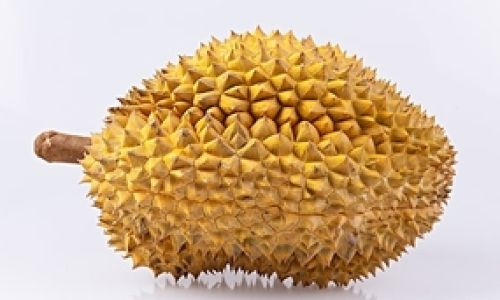
- Use airtight, food-grade containers to minimize air exposure.
- Line the container with parchment paper to absorb excess moisture.
- Avoid overfilling; leave ½ inch of space to prevent crushing.
-
Placement:
- Store the container in the coldest part of the refrigerator, typically the lower shelves.
- Keep it away from strong-smelling foods (e.g., onions, cheese) to prevent flavor absorption.
-
Monitoring:
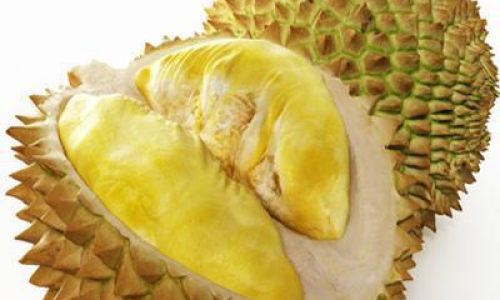
- Check daily for signs of spoilage (discussed later).
- Drain any accumulated liquid to prevent sogginess.
Freezing for Long-Term Storage
For durian lovers seeking longer preservation, freezing is a viable option. Properly frozen durian can last 6 to 12 months without significant quality loss. Here’s how:
- Blanching: Briefly immerse the flesh in boiling water to inactivate enzymes.
- Drying: Pat the pieces dry to prevent ice crystal formation.
- Packaging: Use vacuum-sealed bags or freezer-safe containers.
- Thawing: Transfer to the refrigerator 12 hours before consumption.
Signs of Spoilage
Knowing when to discard durian is crucial for safety. Look for:
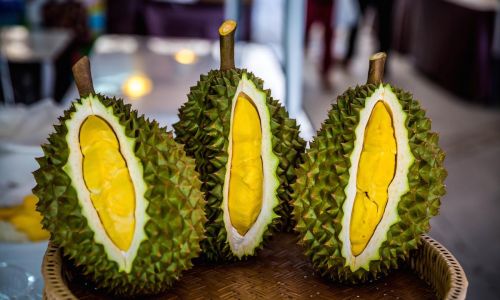
- Off-Putting Odor: While durian naturally smells strong, a fermented or sour aroma indicates spoilage.
- Texture Changes: Mushiness, excessive moisture, or sliminess are red flags.
- Discoloration: Brown or gray patches suggest oxidation or mold growth.
- Mold: Fuzzy spots, even if localized, warrant immediate disposal.
- Taste: A bitter or alcoholic flavor signals fermentation.
Tips to Extend Freshness
- Acidic Preservation: Lightly brush the flesh with lemon juice or citric acid solution to delay browning.
- Sugar Coating: Toss durian pieces in honey or sugar to create a protective barrier.
- Avoid Condensation: Allow chilled durian to reach room temperature before opening the container to prevent moisture buildup.
- Portion Control: Freeze individual servings to avoid repeatedly thawing and refreezing.
Culinary Uses for Aging Durian
Even as durian approaches its shelf-life limit, it can be repurposed creatively:
- Smoothies: Blend slightly softened flesh with coconut milk and ice for a refreshing drink.
- Ice Cream: Purée durian with heavy cream and freeze for a decadent treat.
- Baked Goods: Fold into muffin batter or pancake mix for a tropical twist.
- Jams: Simmer with sugar and pectin to create a spreadable preserve.
Environmental and Cultural Considerations
Durian’s ephemeral nature reflects broader themes of sustainability and food waste. In Southeast Asia, where the fruit is indigenous, traditional wisdom advocates consuming durian immediately after peeling to honor its “live” qualities. However, modern refrigeration bridges this gap, allowing global consumers to enjoy durian beyond its harvest season.

Conclusion
Peeled durian’s refrigerator lifespan hinges on meticulous storage and vigilant monitoring. While 3 to 5 days is the general guideline, proactive measures—such as airtight containment, temperature control, and timely consumption—can stretch this window. For those unwilling to compromise on freshness, freezing offers a reliable fallback. Ultimately, the key lies in balancing convenience with culinary respect, ensuring that every pod of durian is enjoyed at its peak. Whether savored straight from the fridge or repurposed into innovative dishes, this divisive fruit continues to captivate palates worldwide, one carefully preserved piece at a time.
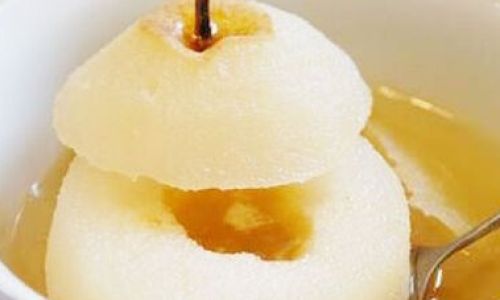



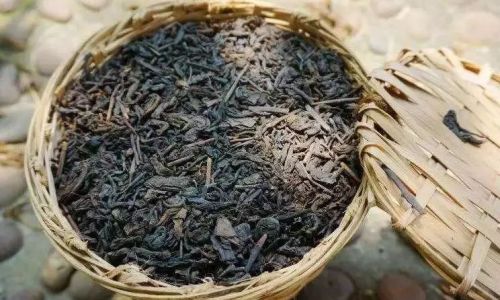
0 comments